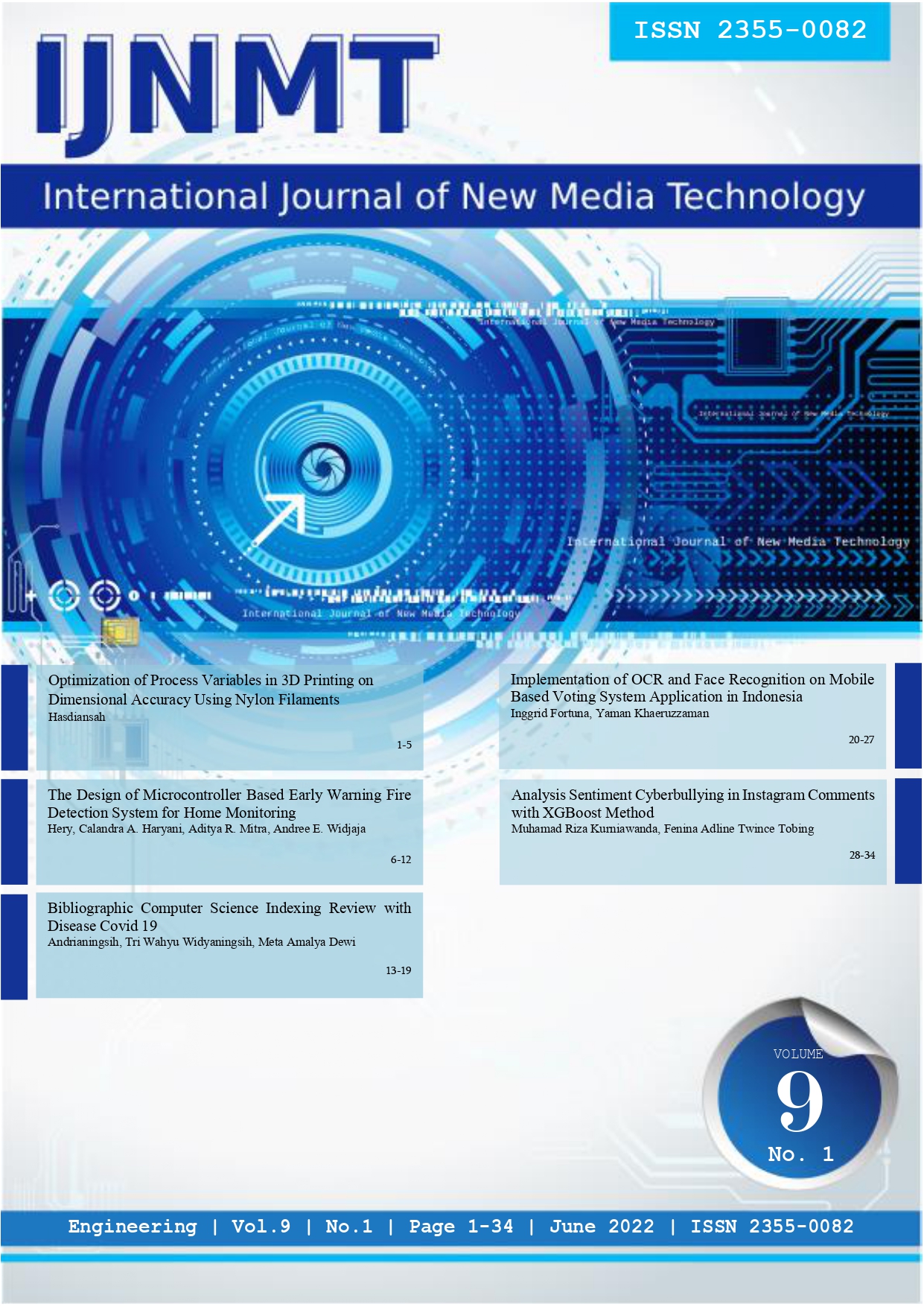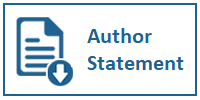Implementation of OCR and Face Recognition on Mobile Based Voting System Application in Indonesia
DOI:
https://doi.org/10.31937/ijnmt.v9i1.2658Abstract
Elections are a form of democratic practice in Indonesia. Every 5 years an election will be held to elect a president. People who have been able to take part in the election will come to the polling station (TPS) to channel their voting rights. However, this conventional method proved ineffective because some people who were unable to attend due to certain situations for example, traveling out of town, did not want to queue, and experienced illness or physical disability. Therefore, this study aims to design an online voting system based on Android as an alternative to conventional elections and digital transformation in the voting method in Indonesia. The system will use Optical Character Recognition technology by firebase ml-kit to read Identification Number on the Identity Card and face recognition technology to compare the faces of voters during registration and during online elections. The Face Recognition system is implemented using Multi-task Convolutional Neural Network to detect faces and using Tensorflowlite to translate the facial model provided by the FaceNet model. Results Research shows the success of the OCR system is 96.67% and the accuracy of face recognition is 100%. The accuracy of OCR ml-kit and face detection using Multi-task Convolutional Neural Network and Face Recognition using tensorflowlite and FaceNet models proved to be 100% successful.
Downloads
Downloads
Published
How to Cite
Issue
Section
License
Authors retain copyright and grant the journal right of first publication with the work simultaneously licensed under a Creative Commons Attribution-ShareAlike International License (CC-BY-SA 4.0) that allows others to share the work with an acknowledgement of the work's authorship and initial publication in this journal.
Authors are able to enter into separate, additional contractual arrangements for the non-exclusive distribution of the journal's published version of the work (e.g., post it to an institutional repository or publish it in a book), with an acknowledgement of its initial publication in this journal.
Copyright without Restrictions
The journal allows the author(s) to hold the copyright without restrictions and will retain publishing rights without restrictions.
The submitted papers are assumed to contain no proprietary material unprotected by patent or patent application; responsibility for technical content and for protection of proprietary material rests solely with the author(s) and their organizations and is not the responsibility of the IJNMT or its Editorial Staff. The main (first/corresponding) author is responsible for ensuring that the article has been seen and approved by all the other authors. It is the responsibility of the author to obtain all necessary copyright release permissions for the use of any copyrighted materials in the manuscript prior to the submission.















